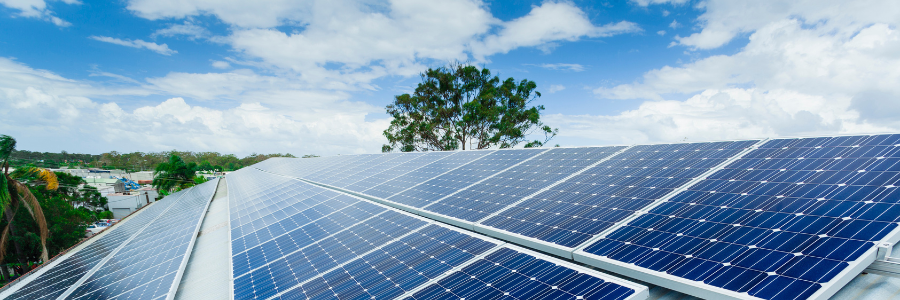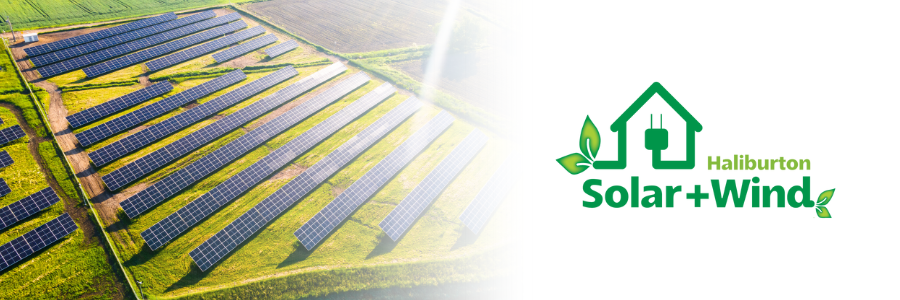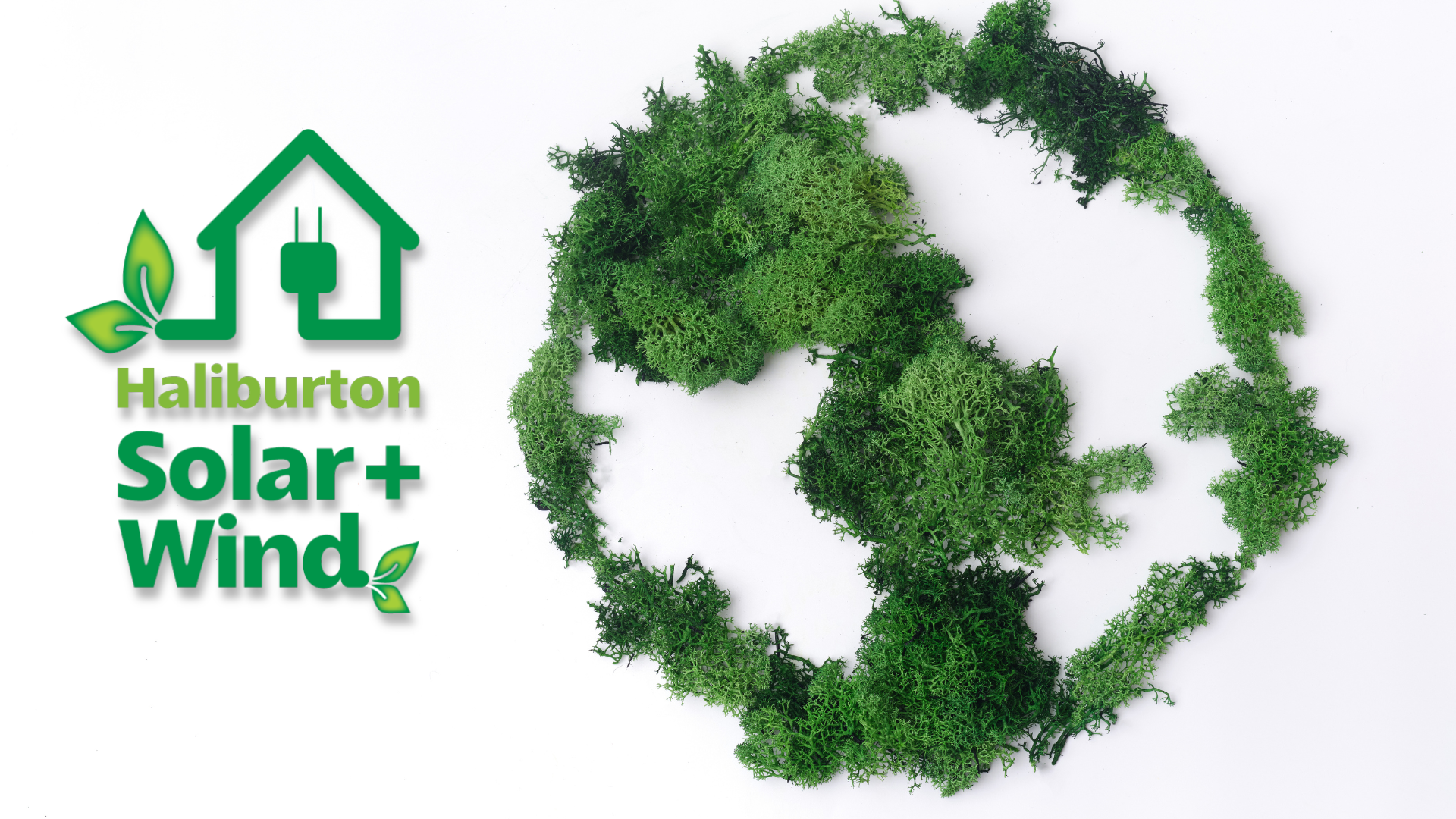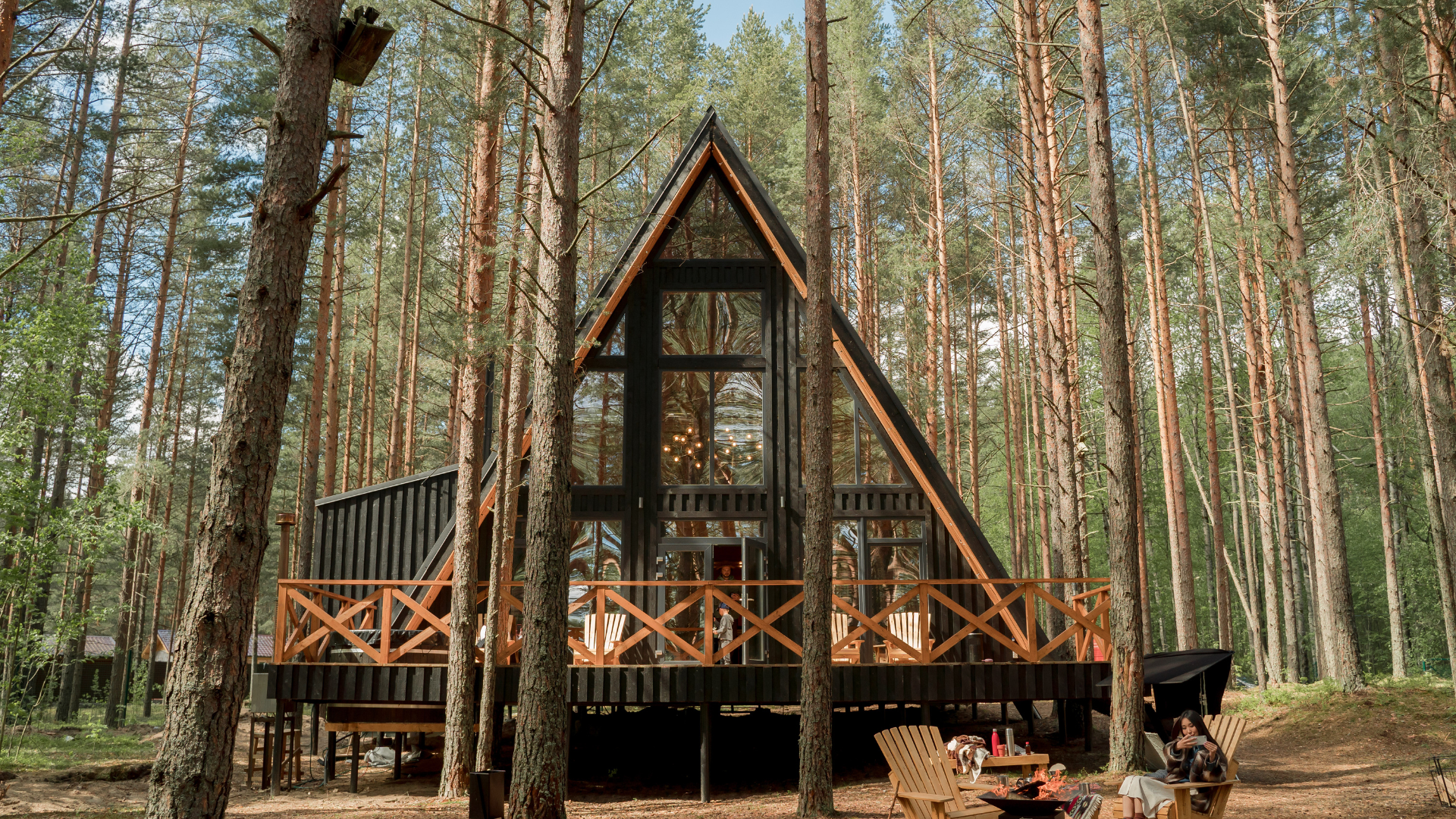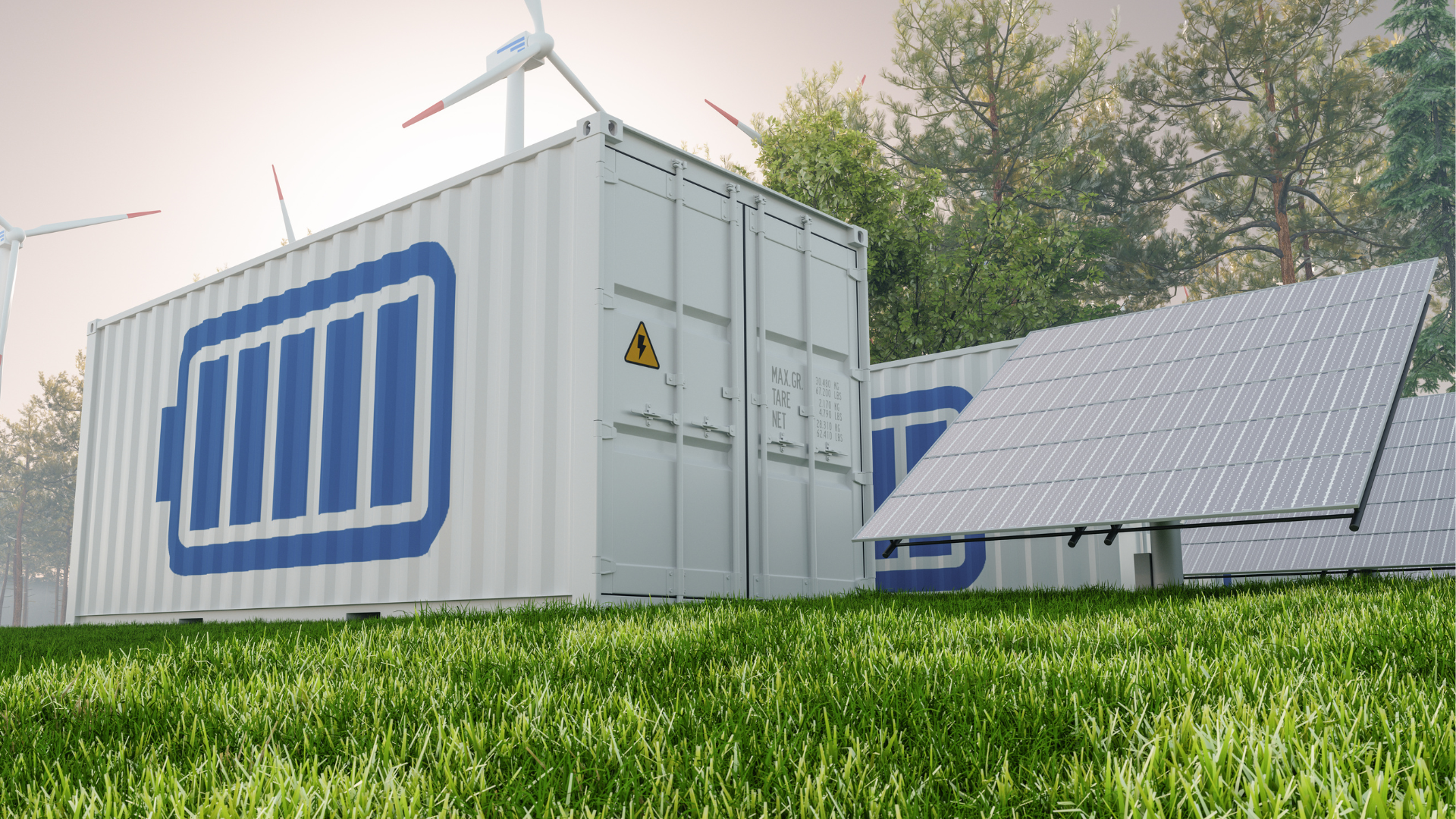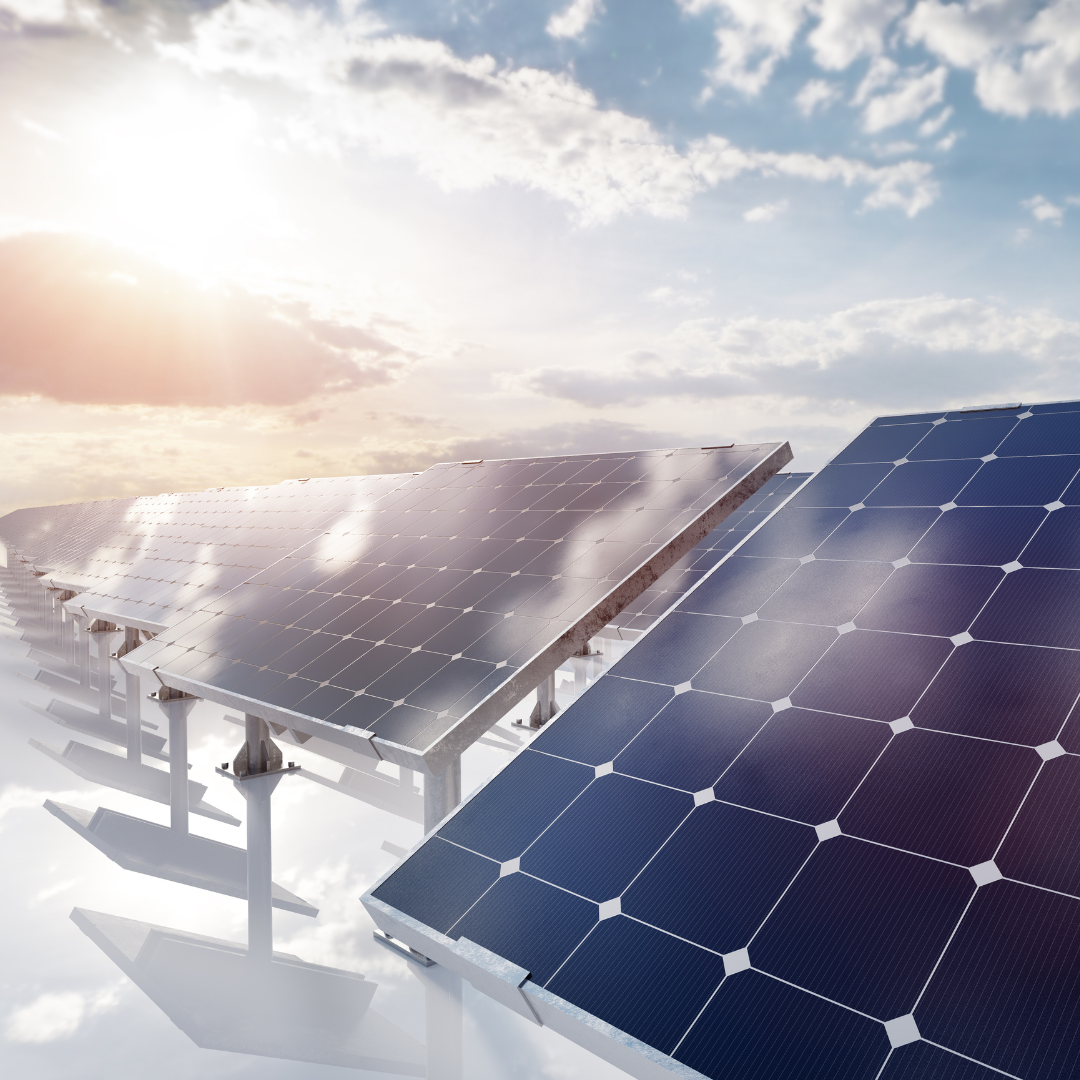Discover True Energy Independence with Haliburton Solar and Wind
Break Free from the Utility Stranglehold!
In today's increasingly digital and energy-dependent world, we find ourselves heavily reliant on mainstream utilities for our energy needs. From powering our homes and businesses to charging our vehicles and devices, the use of electricity is an intrinsic part of our daily lives. However, this widespread dependency has created a stranglehold, leaving us at the mercy of traditional utility companies, subject to their pricing structures, their availability, and their environmental impact.
What if we could break free from this dependency? What if we could achieve a state of true energy independence, where we generate our own power from renewable sources like the sun and the wind? This is not some far-off dream but a reality that is becoming increasingly accessible thanks to innovative companies like Haliburton Solar and Wind.
In this blog post, we will explore the concept of
energy independence and how solar and wind power are paving the way for a cleaner, more self-sufficient energy future. We will delve into the challenges presented by mainstream utilities, and how Haliburton Solar and Wind offers solutions to these challenges. We'll discuss the ideal conditions for installing solar and wind power systems, the myriad benefits they offer, and the costs involved. This post is a guide to help you understand the opportunities available to you as we transition towards a more sustainable and autonomous energy future.

The Stranglehold of Mainstream Utilities
The stranglehold of mainstream utilities on consumers is a significant concern in our modern world. This dependency on traditional energy sources presents numerous challenges. From high costs to environmental impacts, and the frustrating limitation of control over energy usage, these issues contribute to the pressing need for change.
- High Costs: For most households and businesses, energy expenses form a significant portion of their monthly budget. Traditional energy sources such as coal, natural gas, and nuclear power are becoming more expensive due to increasing extraction costs and regulatory fees. Moreover, prices fluctuate based on market conditions and geopolitical factors, leaving consumers vulnerable to unpredictable cost surges.
- Environmental Impact: Mainstream utilities predominantly rely on fossil fuels - a major contributor to global greenhouse gas emissions. The combustion of these fuels results in a host of environmental issues, including air pollution, climate change, and damage to ecosystems due to exploration and extraction activities. Our continued reliance on these energy sources has irreversible effects on our planet.
- Limited Control over Energy Usage: With conventional utilities, consumers are largely passive recipients. We have limited control over where our power comes from, how it's produced, and how much we pay for it. Power outages, often unanticipated, can leave us without energy for extended periods, disrupting our lives and businesses.
These issues highlight the constraints of our dependency on mainstream utilities. We find ourselves tied to an energy system that is economically unpredictable, environmentally harmful, and fails to provide us with autonomy over our energy usage. Transitioning towards renewable energy sources such as solar and wind power, however, offers us an escape from this stranglehold.
Embracing the Haliburton Solar and Wind Revolution
One company, Haliburton Solar and Wind, is at the forefront of the renewable energy revolution, offering innovative solutions that address the challenges of mainstream utility dependency. Through their advanced technologies and commitment to sustainability, they're empowering individuals and businesses to achieve true energy independence.
Haliburton Solar and Wind offers a range of products and services that harness the immense power of natural resources. Their high-efficiency solar panels and advanced wind turbines allow you to generate clean energy right at the point of use - your home or business. These products are complemented by a suite of services, including comprehensive energy assessments, installation, maintenance, and customer support, designed to ensure optimal energy production and use.
What sets Haliburton Solar and Wind apart is not just the quality of their products and services, but their commitment to helping clients understand and navigate their journey towards energy independence. They provide personalized solutions, considering each client's unique energy needs, property characteristics, and budgetary constraints.
By adopting Haliburton Solar and Wind's technologies, you're not just installing solar panels or wind turbines; you're making a powerful statement about your commitment to environmental sustainability and your desire for energy autonomy. This is the first crucial step towards freeing yourself from the confines of traditional energy systems and embracing a brighter, cleaner, and more self-sufficient energy future.
Ideal Conditions for Solar Power Installations
Achieving optimal efficiency from solar power installations requires certain conditions to be met. Key among these are geographical location, amount of sunlight, and the positioning of solar panels.
- Geographical Location: The more direct sunlight a location receives, the more electricity a solar panel system can generate. This is why geographical locations closer to the equator tend to have higher solar energy potential. However, advancements in solar technology have made it possible for solar power to be a viable energy source even in regions with less sunlight.
- Amount of Sunlight: Solar panels need sunlight to produce electricity, so the number of sun hours a day significantly influences the system's productivity. Places with more clear, sunny days per year typically generate more solar power.
- Positioning of Panels: The orientation and tilt of solar panels significantly impact their efficiency. In the Northern Hemisphere, solar panels usually perform best when facing south at a tilt that approximates the latitude of the location. This positioning ensures the panels receive the maximum amount of sunlight throughout the day.
Haliburton Solar takes all these factors into account when planning solar power installations. They conduct a thorough site assessment to understand the geographical location, the average sun hours, and the best placement for the solar panels. This meticulous planning ensures that the solar power system is optimized for the highest possible energy production, helping you maximize your return on investment and expedite your journey towards energy independence.
Ideal Conditions for Wind Power Installations
Similar to solar power, the effectiveness of wind power installations also depends on several factors: wind speed, altitude, and turbine design.
Wind Speed: Wind turbines generate power proportional to the cube of the wind speed. Thus, even a small increase in wind speed leads to a significant increase in energy production. Locations with consistent, strong winds are therefore ideal for wind power installations.
Altitude:
Wind speeds generally increase with altitude. Therefore, wind turbines are often installed on hilltops or other elevated areas to catch higher wind speeds.
Turbine Design:
The design of the wind turbine, including the size and height of the tower, the size and shape of the blades, and the efficiency of the generator, plays a crucial role in determining the overall efficiency of a wind power system.
At Haliburton Wind, these factors form the backbone of their planning and installation process. They conduct an in-depth assessment of the proposed site to evaluate its wind potential, taking into account both the average wind speed and the altitude. They then use this data to choose the most suitable turbine design for the site. By tailoring each installation to its specific environmental conditions, Haliburton Wind ensures that each of their wind power systems is optimized for maximum energy production, allowing you to harness the power of the wind to its fullest potential.
Benefits of Solar and Wind Power
Switching to renewable energy sources like solar and wind power offers a multitude of benefits, ranging from cost savings to positive environmental impacts and the opportunity to achieve energy independence.
Solar Power Benefits
- Cost Savings: After the initial investment in solar panel installation, the cost of generating electricity is essentially free, leading to significant savings on energy bills over time.
- Environmental Impact: Solar energy is a clean, green source of energy. It helps in reducing the carbon footprint by not releasing harmful pollutants into the environment.
- Energy Independence: With solar power, you are in control. You can generate your own electricity and reduce your dependency on traditional utility companies.
Wind Power Benefits
- Cost Savings: Wind power, like solar power, can lead to substantial savings on energy bills in the long term.
- Environmental Impact: Wind energy is a sustainable and renewable source of power that doesn’t produce greenhouse gas emissions.
- Versatility: Wind turbines can generate power day and night, irrespective of sunlight, making it an excellent supplement or alternative to solar power, particularly in less sunny climates.
Both solar and wind power technologies from Haliburton come with additional unique benefits.
Haliburton’s solar panels and wind turbines are designed with the latest technology to ensure high efficiency and long-lasting performance. Their thorough assessment process ensures the system you get is tailor-made to your specific environmental conditions and energy needs. Additionally, their comprehensive suite of services, from installation to maintenance and customer support, ensures a seamless transition to renewable energy and an excellent customer experience.
By choosing Haliburton Solar and Wind, you’re not just adopting renewable energy; you're embracing a complete solution designed to provide sustainable, cost-effective power for years to come.
Approximate Costs Involved
Investing in renewable energy systems such as solar and wind power does involve initial costs. However, the long-term benefits of lower energy bills and environmental sustainability can quickly offset these.
- Solar Power Installation Costs: The cost of a solar power system depends on several factors including the size of the system (measured in kilowatts), your energy needs, and the type and number of solar panels installed. As of my knowledge cutoff in 2021, the average cost of solar panels in the U.S. ranged from $15,000 to $25,000 before tax credits and rebates.
- Wind Power Installation Costs: The cost of wind power systems also varies depending on factors such as the size and type of the turbine and the height of the tower. Small wind turbines suitable for home use can range from $3,000 to $8,000 per kilowatt of generating capacity.
Haliburton Solar and Wind aims to make renewable energy accessible and affordable for everyone. Their pricing structure is competitive, transparent, and tailored to each client's unique energy needs and budget constraints.
In addition, they offer a range of financing options to help spread the cost of installations over time, making it easier for customers to make the switch to renewable energy. They also help clients navigate available federal, state, or local incentives, rebates, and tax credits that can significantly reduce the overall cost of installation.
Remember, while the upfront costs may seem substantial, the long-term savings on energy bills and the significant environmental benefits make renewable energy systems a smart and sustainable investment.
Frequently Asked Questions
Conclusion
In summary, breaking free from the stranglehold of mainstream utilities is more achievable than ever with the innovative solutions provided by Haliburton Solar and Wind. Both solar and wind power offer a pathway towards energy independence, bringing considerable benefits in terms of cost savings, environmental impact, and self-sufficiency. While the initial investment can be significant, the long-term rewards make renewable energy a wise and forward-thinking choice.
Ready to embrace the renewable energy revolution and achieve true energy independence? Explore the range of products and services offered by Haliburton Solar and Wind. To learn more about how we can help you harness the power of the sun and the wind, visit our website or get in touch with our friendly team today.
Break free from the utility stranglehold and discover a cleaner, greener, and more self-sufficient energy future with Haliburton Solar and Wind!
